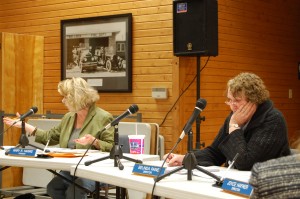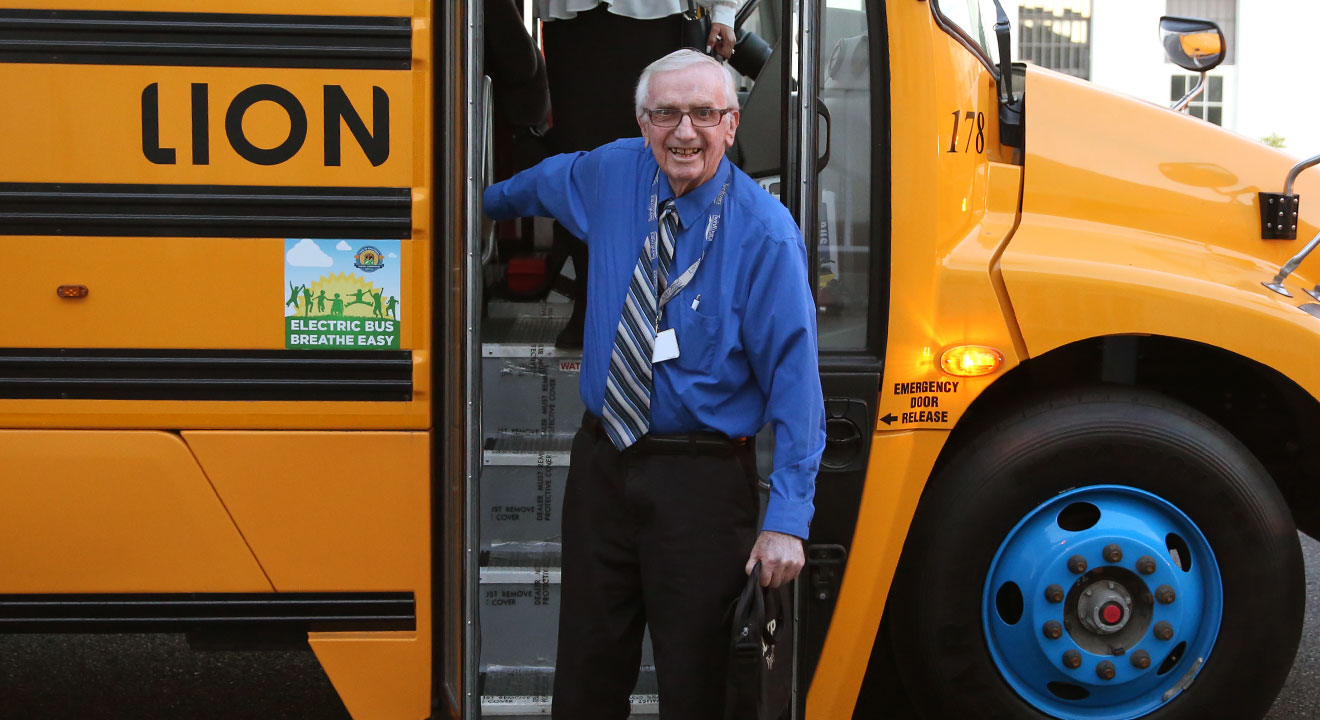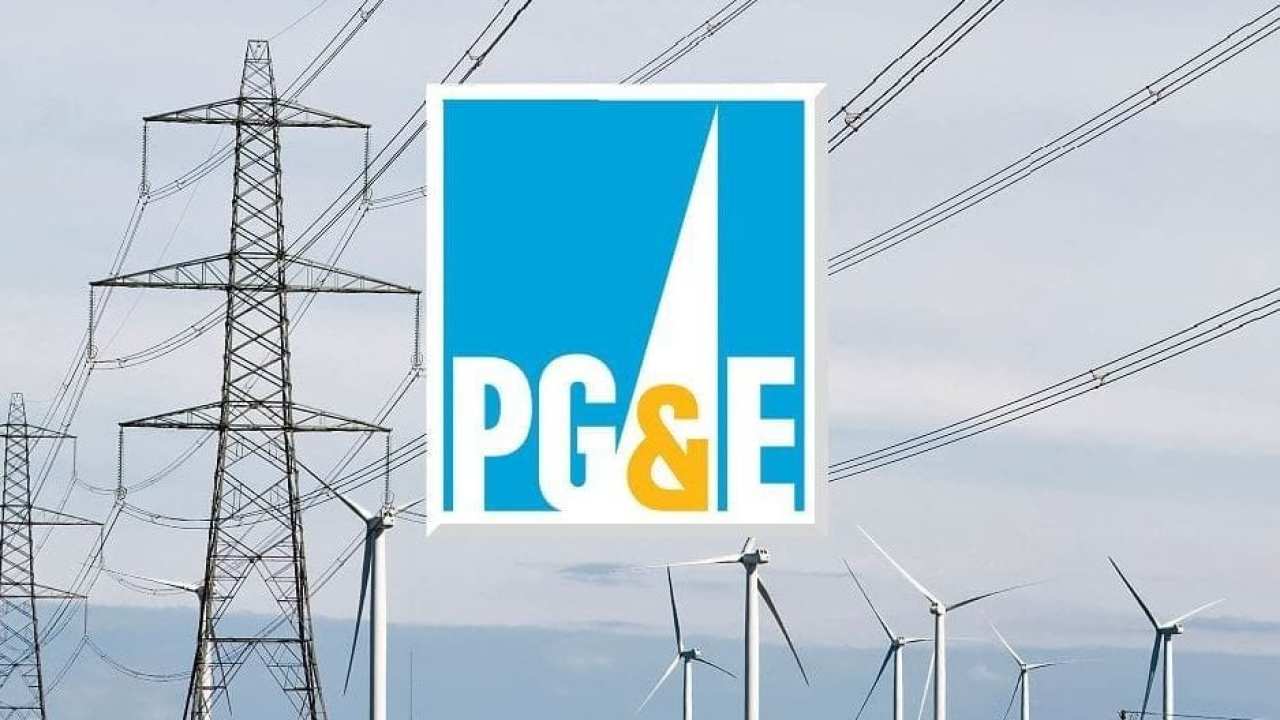(Note: This is a letter from Elverta resident Debbie Courtney to the CDPH that she has graciously allowed to be printed here. Please read it, and understand what’s happening with your water. The cavalier and inept ways of the current water board have to be stopped now, before Rio Linda and Elverta burn to the ground in July.)
January 9, 2010
Mr. Kim Wilhelm
California Department of Public Health
Division of Drinking Water & Environmental Management
1616 Capitol Avenue, MS 7407
P.O. Box 997377
Sacramento, CA 95899-7377
RE: Rio Linda Elverta Community Water District
Compliance Order No. 01-09-07-CO-004
Dear Mr. Wilhelm:

My family and I are served by the Rio Linda Elverta Community Water District (RLECWD). I have spoken with you before about my concerns regarding the health and safety of our water system. I am reiterating those concerns.
It has been over 2 years since your agency served the District with a Compliance Order compelling the District to resolve water pressure and supply problems. It has been almost two years since the public meeting at which your agency’s then representative, Mr. Carl Lischeske, addressed the public and the RLECWD Board of Directors regarding the compliance order and the District’s problems. I am concerned that virtually no real progress has been made since that time in resolving the problems that plague the water system and threaten my community’s health and safety.
I can cite many examples that validate my concerns. Here is just one:
On September 19, 2009, a fire tore through Rio Linda and Elverta. Over 100 firefighters, assisted by tanker trucks and a helicopter, fought the multi-alarm blaze that stretched nearly a mile and destroyed a home, barn, outbuildings, numerous cars, and a tractor-trailer rig. Sacramento Fire Captain Jim Doucette was quoted as stating that it “had the potential to be another Auburn-type fire.â€
The threat posed to our community by a fire combined with an inadequate water infrastructure is a risk that was identified by water industry experts at least 9 years ago and one of the bases for the aforementioned Compliance Order (page 3-4):
“The consulting engineer concluded that the District has a shortfall in reliable capacity of 1,060  to 1,900 gallons per minute, depending on whether the District‘s own master plan or the records of comparable local water systems are used. In addition, the consulting engineer estimated that  fire flow requirements amount to 4,000 gallons per minute, which would be impossible to meet with existing source capacity if a fire broke out in the summer months.“
Fortunately, the Sacramento Metro Fire District seems to be aware of the system’s deficiencies. When asked by one resident about the system’s performance during the September fire, an information officer for the SMFD replied that the Fire Dept. relied on bringing its own pressure — in the form of tanker trucks and a helicopter — to fight the blaze.
The inadequacies in the system were previously identified in the RLECWD’s 2000 Master Plan and again in the 2003 Master Plan revision. In the letter I am sending via USPS under separate cover, I have attached relevant excerpts from those plans that identify, address, and propose resolutions to the deficiencies in the infrastructure that prevent the system from being able to meet fire flow requirements mandated by both local fire protection districts and the National Insurance Underwriter’s Association. Please note that two specific areas of concern, the Marindell Court area and the Elwyn Ave. bottleneck, are both in close proximity to the September fire — the former in close proximity, and the latter in the path of the fire based on the direction it was moving. Had conditions been different, and/or outside resources not been available or limited, the fire could have conceivably spread to subdivision and school identified in the Master Plans as being at risk, and Captain Doucette’s fears could have been easily realized.
My primary concern is that the problem of inadequate infrastructure, specifically pipelines that are too small, is not being addressed by the current Board of Directors. It appears to me that most, if not all, of the planning of improvements and upgrades to the system is being done behind closed doors. The public has not been encouraged to participate or provide input. Unlike previous boards, the current board has not scheduled a single public workshop to discuss problems and improvements. Therefore, I have no idea if any consideration has been given to the capital improvement plans approved by previous boards (that would have resolved these inadequacies) that appear to have been scrapped by the current board. The current board has been reluctant to even provide the public with the exact location of any potential future well sites, much less a defined capital improvement plan.
I believe my concern is very valid based upon a discussion that took place at the Board meeting following the fire, regarding the system’s performance during the fire.
Current RLECWD Vice President Vivien Johnson initiated the discussion by comparing how many gallons each well pumped on the day of the fire versus usage data from the previous days. Johnson implied that the lack of variance in usage confirmed that the system performed adequately. Johnson concluded, “Doesn’t look like we used any more water than we normally do.” In addition to it being pointed out by an audience member that Johnson was using data for the wrong date, I fail to see the relationship between the volume of water used over a 24 hour period and the pressure needed at any given time to meet fire flow requirements. It was also noted by members of the public that much of the water used was not drawn from the RLECWD system, but brought in via tankers and a helicopter.
Further, when audience members questioned Director Johnson’s comments, President Harris interceded:
“The part that I see that’s very consistent is that the pressure did not drop. We kept the pressure, and so the big to-do about ‘oh, what’s going to happen if a major fire happens,‘ I don’t think it could have got any bigger as far as the amount of trucks that came here and we held pressure so, Gilbert thank you for providing that.“
The Board was completely dismissive of audience members’ questions and concerns. Eventually, the conversation ended with interim General Manager Gilbert Tafoya admitting that the fire did not occur during a peak demand period and that water used to fight the fire was brought in from other sources.
None of this provided me with any assurance that the Board is cognizant of what needs to be done to ensure the system is brought up to reasonable standards, nor does it instill any confidence that progress is being made to resolve the problems cited in the Compliance Order. In my opinion, we dodged a bullet on that September Saturday, and only the timing, lack of wind, and the valiant efforts of the SMFD prevented a major conflagration.
You and I have discussed these issues in the past, and I see no evidence that leads me to believe that the current board’s reluctant attitude toward making necessary capital improvements has changed — especially with regard to the two Directors who have been most involved with planning capital improvements. These Directors also have a documented history of being opposed to recommended capital improvements.
Please — I don’t want to spend another fire season worrying that it will take nothing less than the loss of life or property to bring about change. I implore you and your agency to intervene on behalf of our community and do whatever is in your power to compel the District to act in the public’s best interests to ensure that we have safe, reliable water.
Thank you for your time and consideration.
Sincerely yours,
/s/
Debbie Courtney
Elverta














